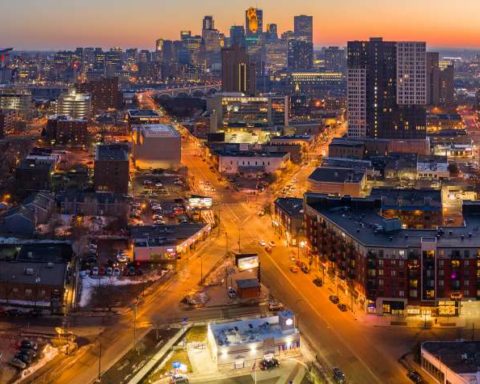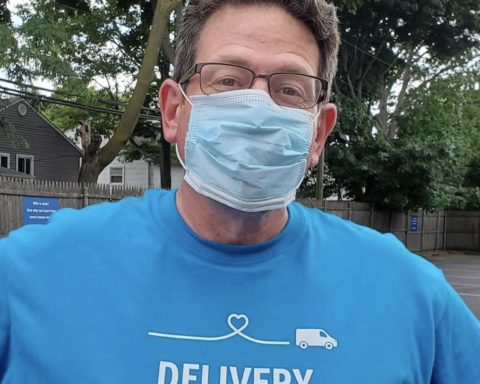TORONTO, CANADA— How long can we survive this pandemic?
As the United States struggles from the massive economic fallout of the coronavirus pandemic, President Donald Trump issued guidelines to states aimed at easing social distancing restrictions and reopening parts of the country.
On April 13th, Trump tweeted that he would be holding a “Major News Conference” that night to “explain Guidelines for OPENING UP AMERICA AGAIN!”
Trump’s major announcement came a day after the governors from six northeastern states, including New York and New Jersey, announced that they were forming their own working group to monitor the coronavirus pandemic and coordinate plans to eventually reopen parts of the country.
Nonetheless, Trump declared, “It’s going to be very, very close. Maybe even before the date of May 1st.”
This is the central problem: many Americans still believe that they are unable to be infected, making them like dry kindling in a dark forest. Embarrassing images of crowded huge swimming pools at recently reopened hotels in Florida and elsewhere on Memorial Day Weekend parties spread quickly around the world. Barring a vaccine or treatment, the virus will keep burning until it runs out of fuel.
Closing America was hard. But it came with one simple instruction: everyone stay at home.
The economic devastation that would cause is significant. But those same models suggest that opening prematurely increases the likelihood that communities will have to shut back down once infections reach a certain level, creating multiple open-shut cycles. Adding to those concerns, the director of the Centers for Disease Control and Prevention said Tuesday that a second wave of infections next winter would be even more devastating because it would coincide with flu season.
For the United States to re-open, dine-in restaurants are one sector Trump and some governors have repeatedly mentioned. To reopen, owners may have to rethink not just how closely diners sit together and how food is served, but also how ventilation systems and airflow around diners may need to be retooled.
A recent case study — published by the CDC — examined how a single patron infected nine others at an air-conditioned restaurant in China. The infected person, a 63-year-old retired woman, did not begin running a fever and coughing until after her lunch January 24 at the Guangzhou restaurant. But over the next two weeks, it became apparent the virus had spread to four diners at her table and to five people sitting at adjacent tables roughly three feet away.
Researchers studying the seating arrangements believe an air-conditioning unit propelled tiny viral droplets over distances that are normally safe between the tables.
“To prevent the spread of the virus in restaurants, we recommend increasing the distance between tables and improving ventilation,” the researchers concluded.
Warning signs are also emerging from abroad.
“It only takes a few people to let down their guard, and the virus will slip through,” said Prime Minister Lee Hsien Loong, who begged the citizens to maintain discipline.
Given the dangers involved in reopening, what states desperately need are a warning system and suppression tool to prevent infections from cresting again into the deadly peaks the United States saw in March and April.
But states are jumping into their experiments without the two tools deployed by almost every other advanced nation: massive testing and contact tracing.
Trump has freed himself to play the role of criticizer-in-chief. Already, he is criticizing governors for not reopening immediately, but if cases rise uncontrollably, he can criticize state leaders for reopening too early or mishandling it.
By having warning systems and suppression tools to prevent infections, preventing infections is sustainable. But such efforts, born of desperation, will go only so far without federal intervention and funding. Even if a handful of states find some way to shore up testing and contact tracing, the virus could rage on in neighboring states, throwing off sparks that can ignite new outbreaks. The whole world is watching—and learning from it.
Tags:







